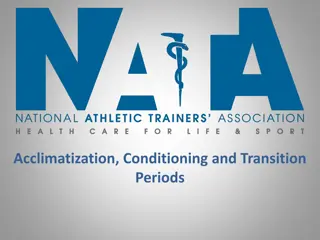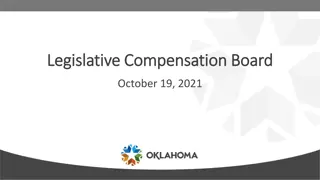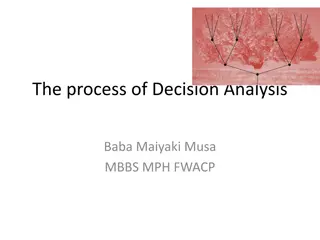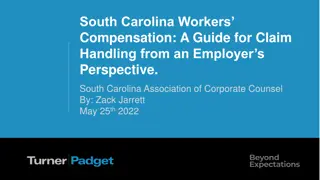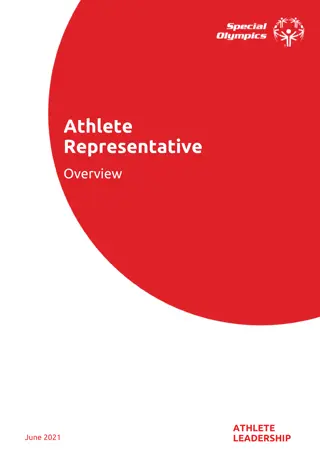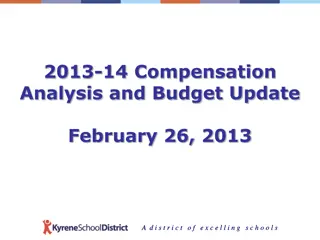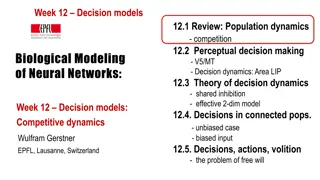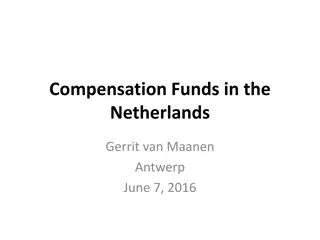Navigating Student Athlete Compensation Models: A Complex Decision-Making Analysis
College athletes in the United States contribute significantly to university revenue but face challenges in receiving direct compensation. This project explores various compensation models, including percentage of revenue, full-time salaries, part-time salaries, and stipends. It delves into the strategic, economic, practical, and conclusive aspects of building a fair compensation model while considering benefits, opportunities, costs, and risks involved.
Download Presentation

Please find below an Image/Link to download the presentation.
The content on the website is provided AS IS for your information and personal use only. It may not be sold, licensed, or shared on other websites without obtaining consent from the author. Download presentation by click this link. If you encounter any issues during the download, it is possible that the publisher has removed the file from their server.
E N D
Presentation Transcript
How Should Student Athletes Be Paid? Decision Making in a Complex Environment: Final Project Corey Filburn and Alexander Rascoe
Introduction College Athletes in the United States generate tremendous revenue Money is distributed within the university Entice donations from booster clubs and alumni attending games New facilities are built that attract students and faculty Contributes to the prestige of the university Athlete Benefits Scholarship? Maybe Talent scholarships in the form of leadership scholarships
Scope of the Problem Marc Emmert President of NCAA $1.6 M/yr Basketball Coach John Calipari of Kentucky $5.2 M/yr Football Coach Nick Saban of Alabama $5.62 M/yr TV Contract between ESPN and the ACC $3.6 billion/15 years
Student Athlete Compensation Models How do they work? Percentage of Revenue Full-Time Salary Part-Time Salary Stipend
Building the Model Strategic Criterion Economic Practical Conclusive BOCR Subnets
Synthesis Additive (Long Run) Multiplicative (Short Run)
Conclusion: Costs and Risks in the short term make the smaller overall payment models more appealing Outweighed by tremendous Benefits and Opportunities in the long term The payment strategies are scaled essentially by earning potential %Revenue > Full-Time and Part-Time > Stipend %Revenue model is preferred in the long run







